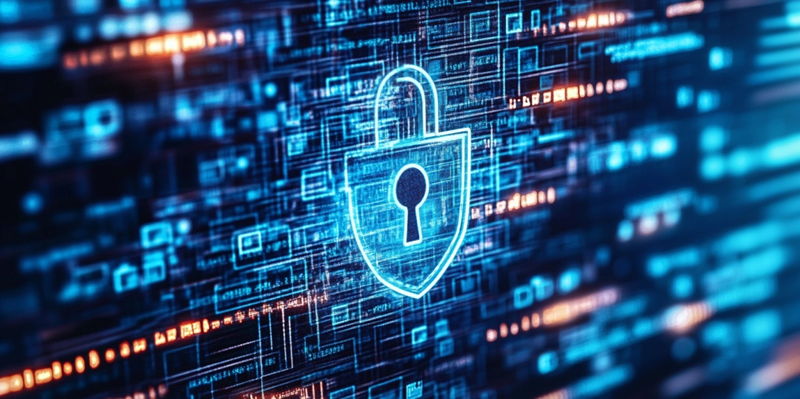Cybersecurity threats are increasingly becoming a growing concern for educational institutions globally, particularly as they transition to more digital and virtual operations. Among these threats, cyberattacks driven by nation-state actors are of significant alarm, targeting sensitive data housed within schools and universities. Recent reports highlight a surge in attacks primarily originating from countries like Iran and North Korea, adding a layer of complexity and urgency to the issue.
The Rising Menace of Cyberattacks in Education
Schools and Universities Under Siege
Educational institutions have found themselves on the front lines of an escalating cyber warfare battlefield. These entities house vast amounts of sensitive data, making them prime targets for cybercriminals. The data includes health records, financial information, and intellectual properties vital to both the students and the institution’s research efforts. This treasure trove of information not only has significant monetary value but also can be leveraged for various nefarious purposes, including identity theft, financial fraud, and espionage.
K–12 schools are particularly vulnerable to these cyber threats due to often lacking robust cybersecurity defenses. These attacks disrupt educational routines and can lead to significant damage, including identity theft and loss of sensitive student and staff information. The simplicity and naivety in cybersecurity practices at this level make these attacks easier to execute. The stakes are high not just in terms of financial repercussions but also the psychological impact on young students and their families, who might not have the resources or knowledge to recover from such breaches easily.
On the other hand, higher education institutions present a different yet equally appealing target for cybercriminals. Universities often hold cutting-edge research data that can be of immense value when linked to national defense or other critical areas. The connections that universities maintain with various public and private sector projects further elevate their risk profile. These institutions are gateways to sensitive information that can have far-reaching consequences if compromised. The complexity of these networks and the high volume of data traffic provide multiple opportunities for attackers to infiltrate and extract valuable data without immediate detection.
Virtual Learning: A Double-Edged Sword
The transition to virtual and hybrid learning models has inadvertently widened the attack surface for cybercriminals, presenting new avenues for exploitation. With numerous software applications and digital tools now integral to educational operations, the vulnerabilities have multiplied. The move towards a more digital-centric educational system, albeit necessary, has brought forth challenges that institutions weren’t entirely prepared to handle from a cybersecurity standpoint. The urgency to shift to virtual learning left many schools and universities implementing digital solutions without adequately assessing the associated cyber risks.
Remote learning technologies have introduced a variety of attack vectors that cybercriminals are quick to exploit. For instance, phishing attacks have found fertile ground in the expanded digital usage, with increased email traffic among teachers, students, and administrative staff. These attackers craft convincing emails that mimic legitimate communications, luring recipients into unwittingly revealing sensitive information or clicking on malicious links. Such actions can initiate a cascade of security breaches that compromise entire networks.
Cyber attackers are also frequently exploiting weaknesses in the software used by educational institutions. These software vulnerabilities can facilitate unauthorized access to sensitive data, enabling attackers to infiltrate and manipulate systems with relative ease. Various exploits, including zero-day attacks, can go unnoticed until significant damage has been done. The lack of regular software updates, patches, and comprehensive security audits exacerbates this situation, making educational institutions easy prey for sophisticated attackers. The digital tools meant to enhance educational experiences thus become formidable weapons in the hands of cybercriminals.
Sophisticated Techniques by Nation-State Actors
Evolving Tactics from Iran and North Korea
Cybersecurity threats are increasingly becoming a significant concern for educational institutions globally, especially as they shift more towards digital and virtual operations. These threats are not just random but often organized and sophisticated, posing serious risks to the safety and integrity of sensitive data held by schools and universities. One of the most alarming types of cyberattacks comes from nation-state actors, who frequently target the valuable information stored within these academic institutions. Recent analysis has revealed a notable rise in such attacks, primarily originating from countries like Iran and North Korea. This escalation not only complicates the landscape for cybersecurity but also adds a sense of urgency to the need for robust protective measures.
Educational institutions must now navigate this perilous terrain by investing in stronger cybersecurity protocols and continuously updating their defenses. They must ensure that their staff and students are educated about potential risks and the importance of cybersecurity. In addition, governments and international bodies need to play a supportive role, providing resources and expertise to help educational organizations fortify their digital environments. Addressing this issue is not just about protecting data but also about safeguarding the integrity and future of educational systems worldwide.

